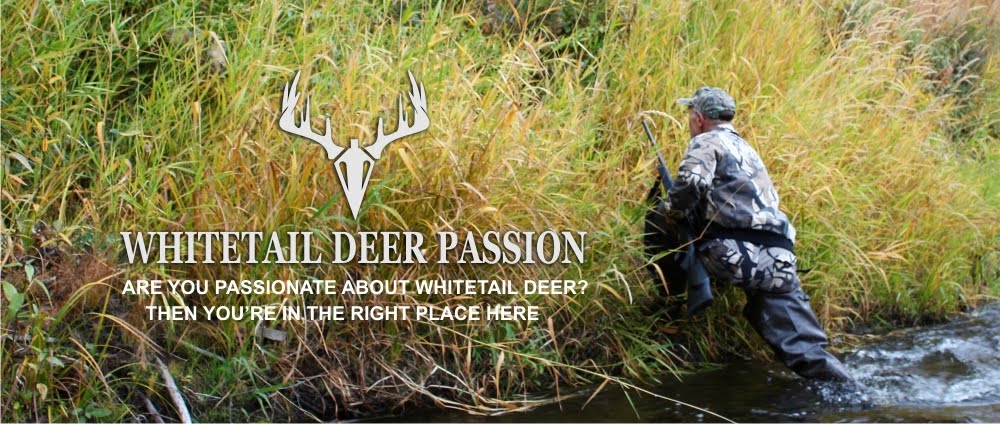You tuned your bow and practiced shooting your bow, hopefully, all year long. You’re ready to go bowhunting. Are you?
You will be… if you follow these tips. Many bowhunters practice shooting their bows at the archery range and maybe take part in one or two 3-D archery tournaments. That makes them good archers but not necessarily good bowehunters. Archery and bowhunting are two very different pair of shoes.
Leave it alone.
Bowhunters, me included, love to tinker with their equipment. If there is any new product on the market that promises more accuracy or more arrow speed, we will try it out. Nothing wrong with that. However, ones your bow is tuned and ready to go hunting leave it alone. Do not make any changes or modifications a week or, worse, a few days before the bowhunting season opens. If you do you just opened yourself up to all sorts of things that can and will go wrong. If you want to make changes to your current setup, even just changing to a different broadhead, make them well in advance of hunting season to give you enough time to address any issues that these modifications may cause.
Practice shooting like you hunt.
Once my bow is tuned and sighted in I’ll never return to the archery range again. Instead all of my bow shooting sessions will commence in simulated hunting scenarios that apply to my style of hunting. This type of practice gives me the confidence in myself and the equipment I need to take any clean shot at a deer no matter the situation I find myself in.
Learn to shoot under stress.
Shooting at a deer that suddenly appears before you can be very stressful. The adrenaline rush will get your heart beating against the chest like a sledgehammer while a thousand thoughts simultaneously run through your brain. The result of this adrenaline rush is elevated blood pressure, wobbly knees, shaking hands, sweaty palms and heaving chest. Not the ideal situation to shoot a bow calmly and accurately. Unless…you have practiced shooting under stress. How can you do that? A good way I found to simulate such a stress situation is to run ones or twice around the block to get my heart and lungs pumping. Without pause or try to catch my breath I take up the bow and shoot an arrow at the target. It will take a few tries until your brain learns to ignore the body and do what you want it to do…getting an arrow in the middle of the target.
Unknown distances.
How can you learn estimating distances? I learn it by estimating distances all the time, even today, although I am pretty good at it. This is a skill that needs to be repeatedly sharpened. I estimate a distance and then measure with the rangefinder. Eventually your brain will tune in to any given landscape and changes, letting you estimate distances quite accurately to within one or two feet.
Shooting up and down.
If you hunt from a treestand the distance to the target is longer then if you would shoot at the same target from the bottom of the tree. The same is true if you shoot at a deer that stands on a higher elevation than you do. There are exact mathematical calculations to figure out how much longer the distance is for each degree of height difference and distance from you to the target. Some years ago a company published a calculation sheet that showed what distance you had to aim from a treestand at different heights and distances to the target. But you probably guessed what I am going to say. There is never time to consult a calculation sheet or a calculator in a hunting situation. The good news is with practice it becomes very quickly second nature to estimate the shooting angle and where to aim at. Practice from a treestand at different distances to learn where you have to aim to make the shot count. You also can practice from the roof of your carport, garage or even from the balcony. Just make sure it is safe.
Clothing.
I am sure sometimes the neighbors question my sanity when they see me in the heat of the summer dressed in a bulky, insulated camouflage parka, mittens, face mask and woolly hat flinging arrows at the target in my garden. I don’t care what they think because I have to practice shooting my bow under winter conditions. It is one thing to shoot a bow in the summer wearing a T-shirt. It is totally different shooting a bow in the winter wearing bulky clothing. So much so that you actually have to hold the bow slightly different in the winter then you would in the summer with lighter clothing. A bow also feels different holding it with bare hands versus thick mittens. In order to know how to hold your bow different and draw the string you need to practice that regularly too, like everything else I explained in this topic.
Final thoughts.
You do not have to practice every single scenario I discussed in this column, but what you need to do is to practice what applies to your method of hunting. If you hunt from a treestand then that is what you need to practice regularly and not just a few days before bowhunting season opens. Shooting your bow under simulated hunting conditions will not only make you a better shot but also give you the confidence you need to make every shoot you take count. It is my belief that the biggest detriment to shooting accuracy occurs when nagging questions and doubts enter your brain at a time when all it should be occupied with is to make that one important shot.




No comments:
Post a Comment